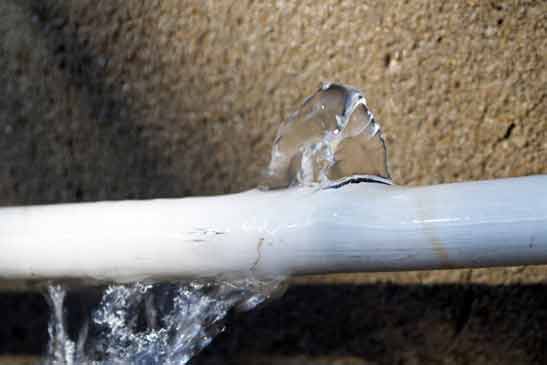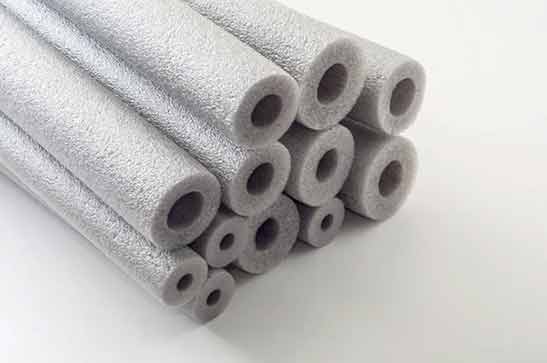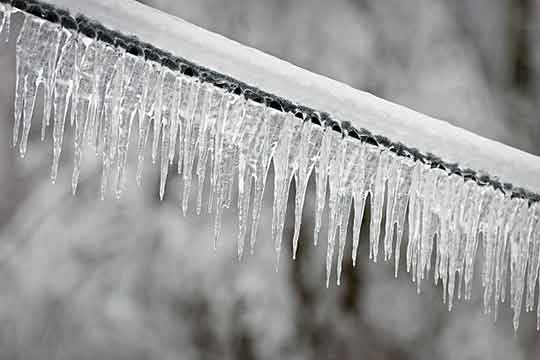The Importance of Winter Plumbing Maintenance
Winter can be a beautiful season with snow-covered landscapes and cozy nights by the fire. However, it also brings along several plumbing issues that can disrupt your daily routine and cause a considerable amount of inconvenience. As temperatures drop, pipes can freeze, water heaters can malfunction, and leaks can become more prevalent.
By being proactive and taking preventive measures, you can minimize the chances of encountering these common winter plumbing problems. In this article, we will discuss how to identify and address these seasonal issues, ensuring that your plumbing system remains in good working condition throughout the chilly months.
1. Freezing Pipes
One of the most common plumbing issues during winter is frozen pipes. Extremely low temperatures can cause the water inside the pipes to freeze, leading to a blockage and potential bursting. To identify freezing pipes, watch out for the following signs:
- Lack of water flow from faucets
- Strange noises when running water
- Frost on the exterior of pipes
If you suspect that your pipes are frozen, it is crucial to address the issue promptly to prevent any further damage. Here are the steps you can take:
Thawing Frozen Pipes
1. Locate the frozen area: Start by identifying which section of the plumbing system is frozen. This can be done by checking the faucets and observing where the water flow is restricted.
2. Open faucets: Once you have determined which pipes are frozen, open the taps connected to them. This will help relieve pressure in the system.
3. Apply heat: Gently apply heat to the frozen section using a hairdryer, heating pad, or a space heater. Avoid using open flames or high heat sources.
4. Professional assistance: If you are unable to thaw the pipes or are unsure about the steps involved, it is best to seek the help of a professional plumber.

2. Malfunctioning Water Heaters
During the winter season, your water heater may struggle to maintain the desired temperature due to the cold weather. This can lead to lukewarm water or even complete failure of the system. To identify water heater issues, keep an eye out for the following signs:
- Inconsistent water temperature
- Longer time to heat water
- No hot water at all
If you encounter any of these problems, here are a few steps you can take:
Check the Thermostat
1. Locate the thermostat: Find the thermostat on your water heater, usually located on the front or side. Check that it is set to the desired temperature.
2. Adjust the thermostat: If the thermostat is not set correctly, adjust it to the desired temperature. Be cautious and avoid setting it too high, as this can result in scalding water.
3. Inspect the pilot light: If you have a gas water heater, make sure the pilot light is lit. If it is not, follow the manufacturer’s instructions to relight it. If you are unsure or uncomfortable doing this, contact a professional plumber.
4. Flush the tank: Sediment buildup in the water heater tank can affect its efficiency. To flush the tank, follow the manufacturer’s instructions or seek professional assistance.
5. Professional inspection: If you have tried these steps and are still experiencing issues with your water heater, it is advisable to consult a licensed plumber for a thorough inspection and potential repairs.

3. Leaks and Burst Pipes
As temperatures drop, the risk of leaks and burst pipes increases. Freezing water inside the pipes can cause them to expand, leading to cracks and leaks. To identify leaks and burst pipes, look out for the following signs:
- Water stains on walls and ceilings
- Damp or wet spots on the floor
- Unpleasant odors
If you suspect a leak or burst pipe, follow these steps:
Shut Off the Water Supply
1. Locate the main water shut-off valve: It is crucial to know the location of your main water shut-off valve beforehand. Typically, it is located near the water meter or where the water supply enters your home.
2. Turn off the main water supply: Once you have located the valve, turn it clockwise to shut off the water supply to your home. This will prevent further water damage.
3. Drain the faucets: Open all faucets to drain any remaining water in the pipes. This will help alleviate pressure and minimize potential damage.
4. Seek professional help: Contact a licensed plumber to assess and repair the leak or burst pipe. They have the expertise and tools to fix the issue effectively.
4. Insulating Exposed Pipes
Prevention is always better than cure, and insulating exposed pipes is an excellent preventive measure to protect your plumbing system during winter. Insulation helps keep the pipes and water within them warm, minimizing the risk of freezing and subsequent damage.
Here are a few ways to insulate your pipes:
1. Pipe insulation sleeves:
These sleeves are made of foam or rubber and can be easily slipped onto exposed pipes. They provide an extra layer of insulation, keeping the pipes warm.
2. Heat tape:
Heat tape is a heating element that can be wrapped around the pipes. It provides a controlled amount of heat to prevent freezing.
3. Pipe wraps:
Similar to insulation sleeves, pipe wraps are designed to cover exposed pipes and provide an extra layer of protection against the cold.
Speak with a licensed plumber to determine the best insulation method for your specific plumbing system. They will be able to provide expert advice and ensure that the insulation is properly installed.
Conclusion
Winter plumbing issues can cause significant inconvenience and damage if left unaddressed. By being proactive and taking preventive measures, you can minimize the chances of encountering common seasonal problems such as freezing pipes, malfunctioning water heaters, and leaks.
If you do come across any plumbing issues during winter, it is essential to promptly identify and address them. Thawing frozen pipes, adjusting water heater settings, shutting off the water supply in case of leaks or burst pipes, and insulating exposed pipes are effective strategies to mitigate potential damage.
Remember, if you are unsure or uncomfortable with any plumbing tasks, it is always best to consult a licensed plumber. They have the knowledge, experience, and tools to handle any plumbing issue and ensure the smooth functioning of your system throughout the winter season.


